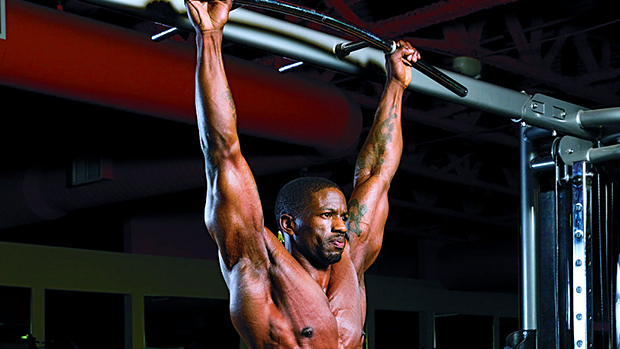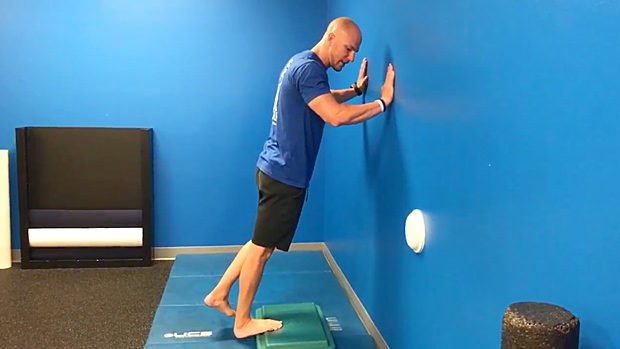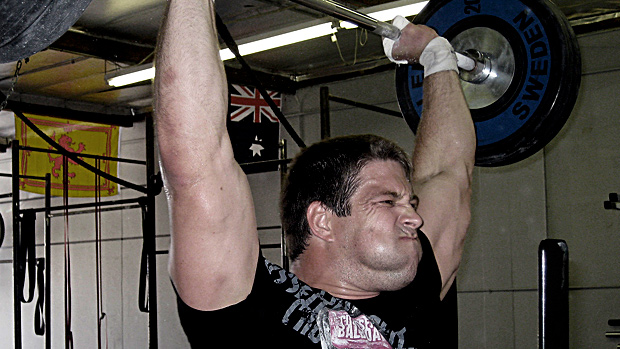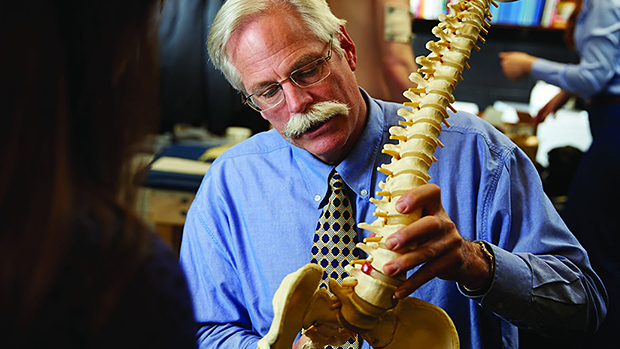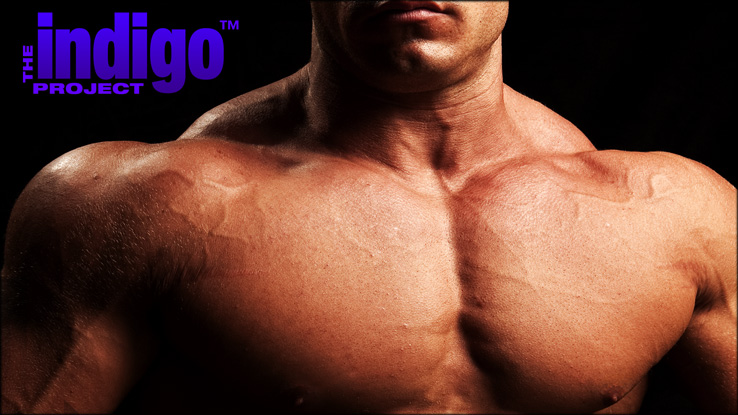There comes a point when pull-ups and dips just won't get you the gains they used to. Once that happens, adding more and more reps won't build strength or muscle. But these two training methods will.
The first thing to do is manipulate tempo. This method works with standard parallel bar dips or ring dips.
Slowing down the rep speed and adding pauses at certain points throughout the range of motion will help you own the movement.
The next step is obviously to add weight, but not all gyms have chained dip belts. Besides, hooking yourself up to a belt and walking around for twenty minutes like you've been blessed with gigantic testicles may not be your thing, aside from special occasions.
Use a medicine ball instead. Set up at your bar with the ball beneath you, then hop up and clamp the ball between your legs. Instantly you'll feel the automatic core response. By squeezing your adductors, your abs will light up, creating a much safer position from which to execute your pull-ups.
This is transferable to the "hollow body" position in gymnastics, which is a fundamental position for bodyweight training.
- Option 1: Standard 5 sets of 5 reps, increasing the weight gradually over a few weeks.
- Option 2: Select one weight and do 5 sets of 5 reps in workout one, then 5 sets of 6 reps in workout two. Keep adding a rep each session until you reach 5 sets of 10 reps, then increase the weight and start again from 5.
- Option 3: Start with the heaviest ball you can manage and have a lighter one nearby ready to go. Do as many reps as possible with the heavy ball, drop to the lighter one and attempt a few more reps, then finish up with as many unweighted reps as possible. Try 3 sets of this. If done correctly, set three will most likely have less than 10 reps in total and your lats will be fried.

